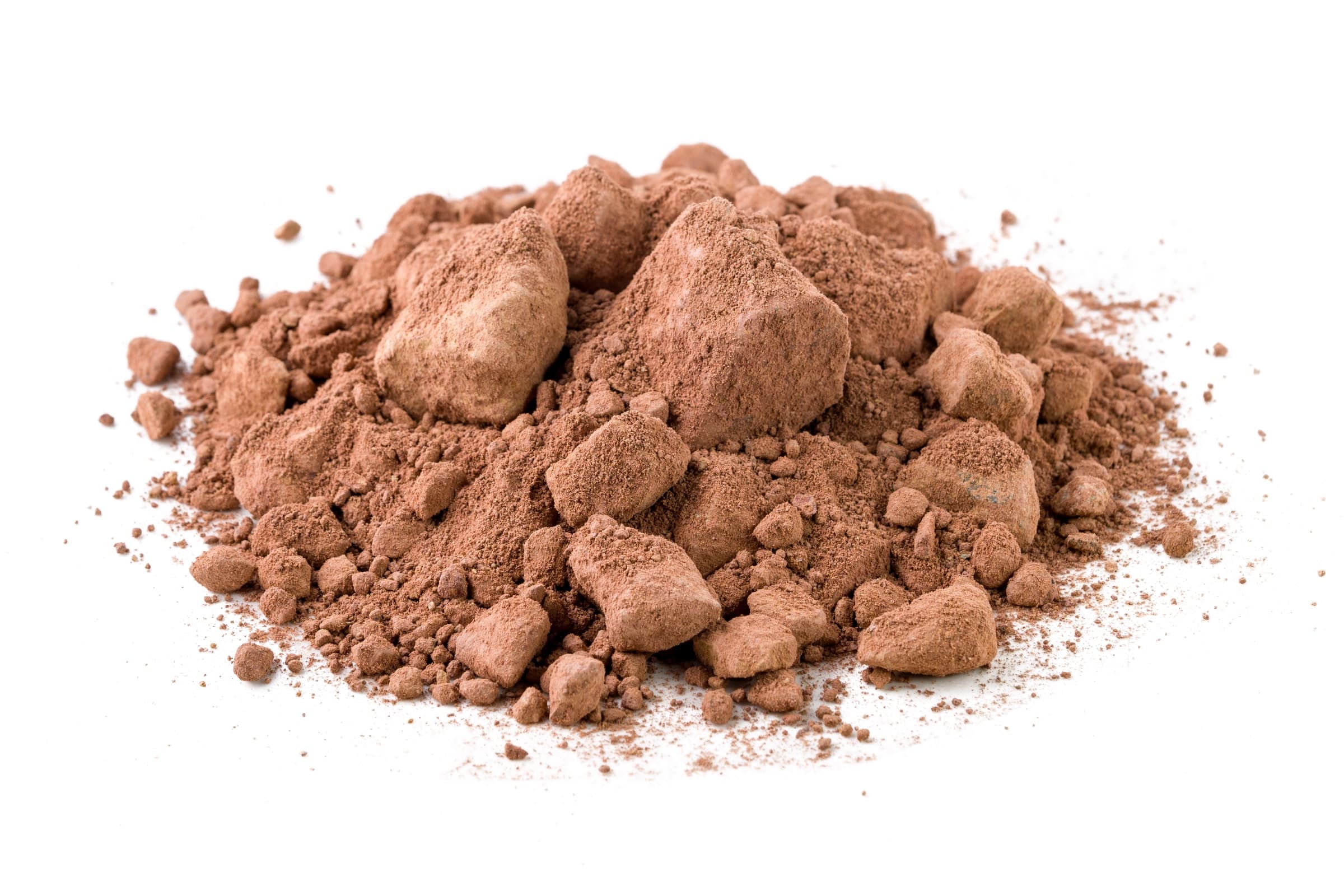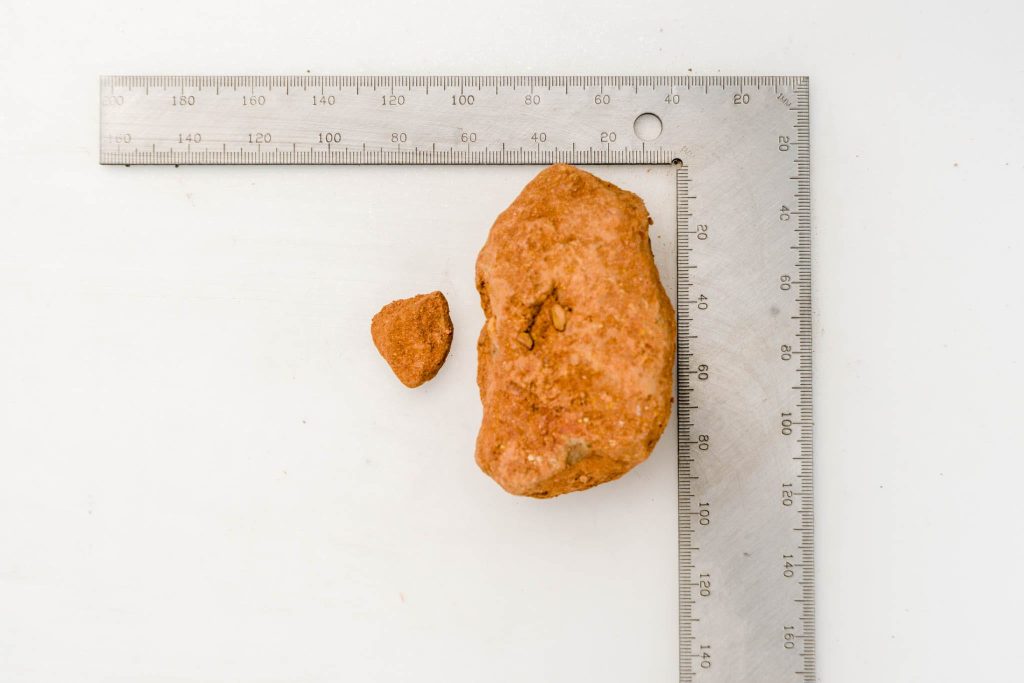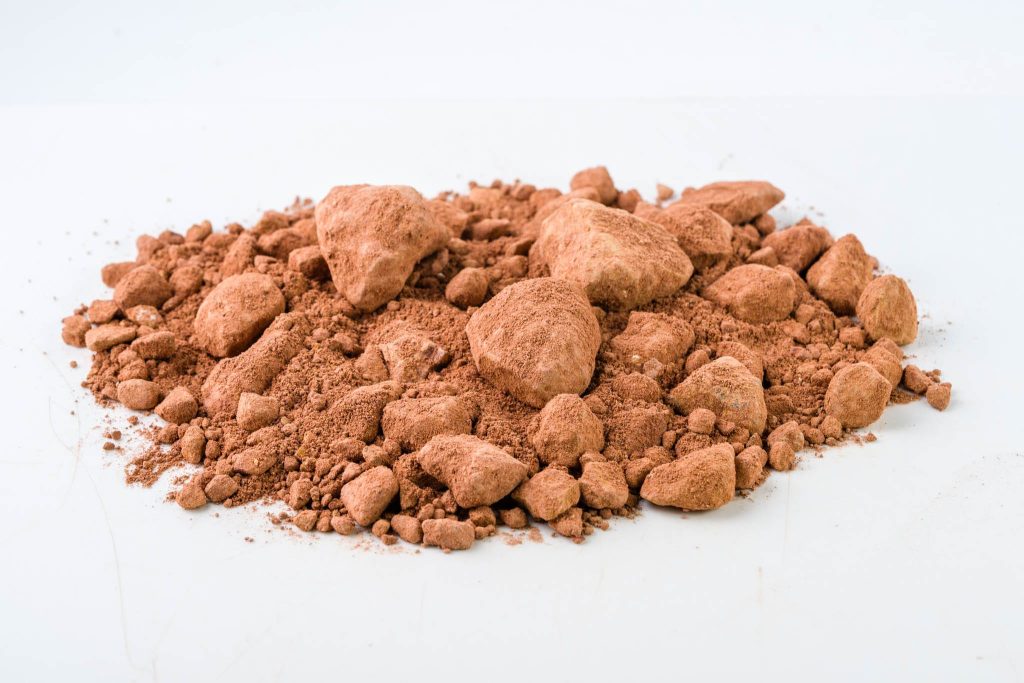Mudstone is often referred to as river mud rock because it is a sedimentary rock which comes in various shades of earthy brown. Within the construction and building industries, mudstone more commonly denotes siliciclastic mudstone, which is composed primarily of silicate minerals.Its formation occurs primarily in tranquil aquatic environments such as lakes, lagoons, or deep sea settings, where clay particles, each measuring less than 0.05 millimeters, accumulate and compress over time.
In construction and building applications, mudstone’s distinctive properties make it valuable for a range of uses. Its fine-grained composition, derived from the settling of clay in calm water bodies, provides stability and strength when utilized as a building material.
Applications
Mudstone clay is a versatile material that serves various purposes in the construction industry, from providing structural stability to enhancing the visual appeal of construction and landscaping projects. Its adaptability and durability make it a valuable resource in the construction sector. Key Uses of Mudstone Clay in the Construction Industry:
Base Material for Roads: Mudstone clay can be crushed and utilised as a sturdy base material for road construction. Its compactability and strength make it suitable for supporting the weight of vehicles and providing a stable road surface.
Foundation Construction: Mudstone clay serves as an excellent material for constructing foundations. Its compactness and load-bearing capacity make it a reliable choice for ensuring stable and durable building foundations.
Backfilling: Mudstone clay is commonly used as backfill material, especially in subdivisions and large commercial projects. It is compactable and can be used to fill in voids, trenches, and other excavated areas to support and stabilise structures.
Decorative Stone: Mudstone clay with unique colours and patterns can be employed as a decorative stone in landscaping and architectural projects. It adds aesthetic value to walls, walkways, and various design elements, enhancing the overall visual appeal of the construction.
Water Features: Mudstone clay is ideal for creating water features such as waterfalls, ponds, and swimming pools. Its natural appearance complements the surroundings, and its durability ensures longevity in water-based construction projects.
Landscaping: In domestic and commercial landscaping, mudstone clay has versatile applications. It can be used in paving, retaining walls, and steps, adding functionality and an earthy aesthetic to outdoor spaces.
Architectural Elements: Mudstone clay can be utilised for crafting architectural elements like memorial plaques, benchtops, and seats. Its ability to be shaped and carved allows for the creating of unique and personalised features in construction projects.
Feature Sizes: Mudstone clay is available in “feature” sizes suitable for specialised applications. These larger pieces can create eye-catching focal points, such as fountains, adding a distinctive touch to architectural designs.
Benefits
Mudstone offers several key advantages: durability, aesthetic appeal, consolidation potential, and non-porous properties. These qualities make mudstone a valuable and versatile material for construction and architectural projects, where strength and visual appeal are essential considerations. Most prominent benefits of Mudstone:
Durability: Mudstone, when compacted, demonstrates notable durability and resilience against weathering and erosion. This durability makes it suitable for various construction applications where long-term stability is essential.
Aesthetic Value: Certain varieties of mudstone exhibit captivating colours and intricate patterns, making them highly desirable for decorative purposes in architecture and landscaping. Mudstone’s aesthetic appeal can enhance the visual appeal of structures and outdoor spaces.
Consolidation: Over time and under pressure, mudstone can naturally consolidate. This gradual consolidation process can significantly enhance its strength and structural integrity, making it even more suitable for construction projects that require stability and longevity.
Non-Porous: Mudstone is generally non-porous, meaning it has a low capacity for water absorption. This characteristic makes it less susceptible to water-related damage and deterioration, particularly in applications where moisture resistance is crucial. It helps maintain the structural integrity of the material over time.
However, it’s important to note that mudstone does have limitations and considerations:
Strength Variation: Mudstone’s strength can vary widely based on its mineral content, compaction, and other factors. Some mudstones can be relatively soft and brittle, limiting their use in high-stress applications.
Water Absorption: While mudstone is generally non-porous, its fine-grained nature can allow water to seep into its cracks and pores over time.
Weathering: Depending on its composition and exposure to environmental conditions, mudstone can be susceptible to weathering and erosion over long periods.
Special Considerations: When using mudstone in construction or landscaping, it’s important to assess its specific characteristics, such as strength, durability, and suitability for the intended purpose.
Before using mudstone for any specific application, it’s advisable to consult with experts, conduct appropriate tests, and ensure that the chosen type of mudstone meets the requirements of the project.
Products
More like this
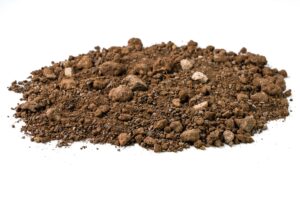
Type B Fill
Type B fill is frequently employed as a lightweight backfill material for constructing retaining walls and embankments, particularly in situations involving weaker soils. The term “Type B fill” designates a specialized category...
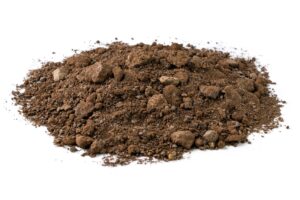
Type A Fill
Type A fill refers to a specific classification of engineered fill material commonly used in construction projects, providing a stable and compacted base for various structures.Type A material, known for its low permeability, is positioned...
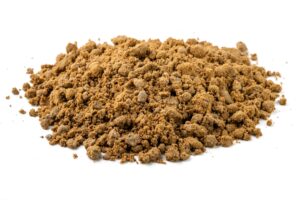
Tailings
Tailings are the waste materials left behind after extracting valuable minerals from ores in industries like mining and mineral extraction. These residual materials consist of finely ground particles, often in a slurry form, and vary in...
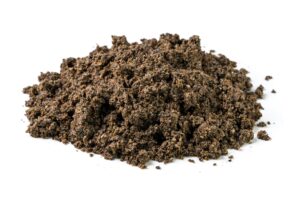
Clean Fill
“Clean fill” is a fundamental term in the construction industry, denoting earth materials, such as soil, rock, sand, gravel, or similar substances, that are devoid of contaminants, debris, or hazardous elements.
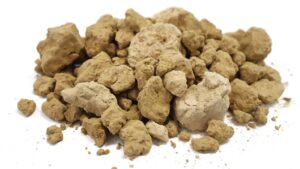
Clay Overburden
Clay overburden is the stratum of clay-rich material that frequently overlays valuable subterranean resources or mineral deposits. Typically, it is extracted and temporarily relocated during mining or excavation operations to facilitate...
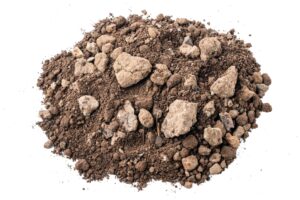
Clay
Clay is a fine-grained soil material composed of minuscule mineral particles and organic matter. Its notable characteristic is its inherent plasticity and cohesion when in a moist state, while transitioning to a firm and compact form when...

Capping Clay
“Capping clay” refers to a particular variety of clay that develops a natural firm, solid layer or crust on the soil’s surface following periods of rainfall or irrigation as it dries.

Case
studies

Normark
Established in 1977, Normark are a second generation family business specialising in landscape design and construction across Melbourne. "From inner-city Melbourne courtyards to large commercial open spaces, Normark will deliver."

Normark
Established in 1977, Normark are a second generation family business specialising in landscape design and construction across Melbourne. "From inner-city Melbourne courtyards to large commercial open spaces, Normark will deliver."

Normark
Established in 1977, Normark are a second generation family business specialising in landscape design and construction across Melbourne. "From inner-city Melbourne courtyards to large commercial open spaces, Normark will deliver."

Normark
Established in 1977, Normark are a second generation family business specialising in landscape design and construction across Melbourne. "From inner-city Melbourne courtyards to large commercial open spaces, Normark will deliver."

Normark
Established in 1977, Normark are a second generation family business specialising in landscape design and construction across Melbourne. "From inner-city Melbourne courtyards to large commercial open spaces, Normark will deliver."

